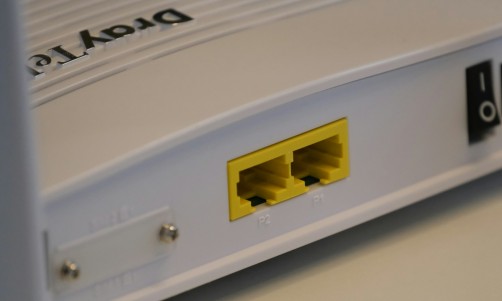Intel has announced more details about their new Lake Crest chip that caters to the artificial intelligence and deep neural network sector.
Intel Lake Crest GPU
According to Tweak Town, Intel's new Lake Crest CPU comes with an advanced artificial intelligence (AI) tech. The discrete co-processor features as much as 32 GB of HBM2 that will come in the form of four 8-Hi stacks able to will deliver a total of 1 TB/s memory speeds at clock speeds of 2 GHz With this GPU designed for AI and deep learning apps, the high-tech company is set to shake the enterprise market.
The next-gen Lake Crest architecture is set to compete with AMD Ryzen processors that already offer some good technology features. However, Intel is working on its Lake Crest GPU architecture that aims at deep neural networks. According to the website wccftech.com, the new Intel Lake Crest processor will be based around the Nervana platform. The new Intel architecture promises to deliver an unprecedented amount of compute density in silicon, allowing more raw processing power than any other modern GPU.
With the rise of AI learning applications, GPU makers such as AMD and Nvidia have designed chips that specifically cater to DNN (Deep Neural Network) workloads. At its turn, Intel also aims to enter this niche with the Lake Crest chip that is expected to deliver impressive raw power. The chip will feature Nervana technology that is developed especially with regard to deep learning workloads.
Intel acquired Nervana in August 2016 for an amount of over $350 million. The upcoming Lake Crest will be the first chip to utilize the new Nervana based technology. The follow-up chip is named "Knights Crest". The Nervana platform would include Lake Crest as well as the recently announced ARRIA FPGAs. The current Intel Xeon processors will work with both Lake Crest and ARRIA FPGAs.
Intel Lake Crest's Features
Intel Lake Crest chips will achieve impressive performance, being able to deliver 8 Terabits per second memory access speeds. The Lake Crest chip is entirely different to the Xeon Phi hardware, but it will operate as a Xeon Co-processor. The Nervana based chip is specifically designed to perform AI workloads at an unprecedented speed.
Inside the arithmetic nodes of the Lake Crest chip Intel is using a new architecture called "Flexpoint." This new architecture is estimated to increase the chip's parallelism of arithmetic operations by a factor of 10. The Lake Crest GPU will also come with Multi Chip Module (MCM) design.
Intel will make available for testing its new Lake Crest chips during the first half of 2017. In the second half of 2017, the high-tech company will sample the GPU to limited partners. Diane Bryant, executive vice president and general manager of the Data Center Group at Intel, said that the company expects the Nervana platform to produce dramatic reductions in the time to train complex neural networks and breakthrough performance.
The Lake Crest chip will be highly scalable and will feature 12 seamless data transfer and bidirectional high-bandwidth links via the interconnects. According to Bryant, Intel will be able to deliver a 100-fold increase in performance before the end of the decade. This impressive processing power will increase the pace of innovation in the emerging deep learning niche.













